Exhibition

Support Activities
The Ministry of the Environment is engaged in diverse support activities that promote the participation of numerous companies and organizations in efforts to realize carbon-free societies while sustaining economic activity.

The structure of the “Japan Platform for Redesign : Sustainable Infrastructure(JPRSI)”
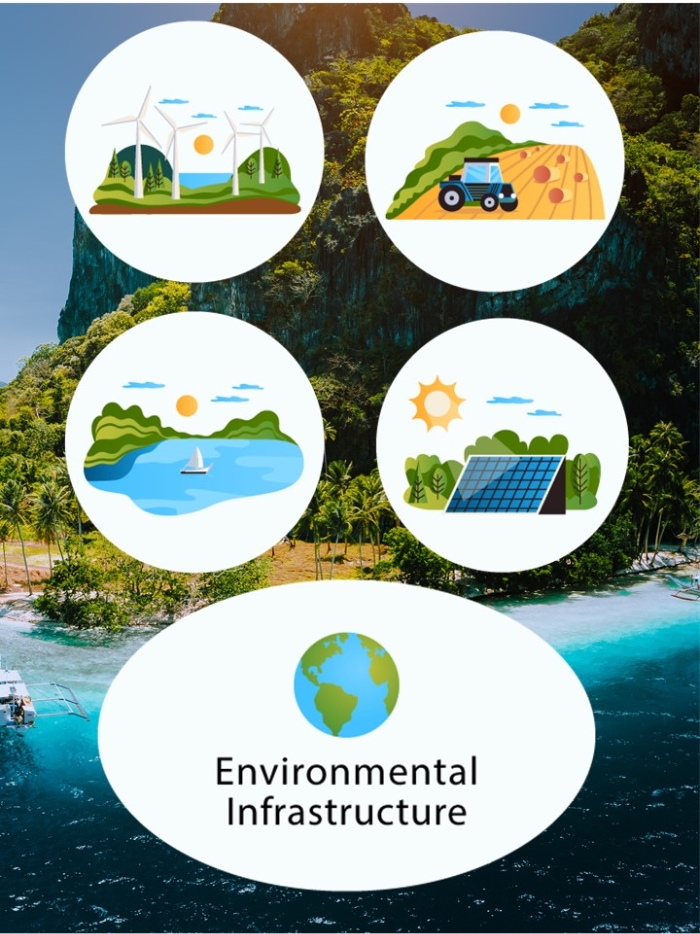
The image of environmental infrastructure
Japan Platform for Redesign: Sustainable Infrastructure (JPRSI)
The Japan Platform for Redesign: Sustainable Infrastructure (JPRSI) was established by Ministry of the Environment, Japan in 2020 to support Japanese private companies and key stakeholders who are actively engaged in environmental infrastructure business overseas, with a view to expand and enhance business presences in market of developing countries for Japanese private companies and key stakeholders.
The JPRSI accelerate a development process of self-sustained overseas business project for the JPRSI members through sharing the on-site information such as the needs of partner countries that is difficult for the JPRSI members to access, and making a coordination with relevant parties and offering a business matching opportunity to the JPRSI members as well as supporting a series of the business phases ranging from project design according to the needs of the counterpart to deployment of environmental infrastructure on the ground in effective and efficient manner. Further, the JPRSI offers a solution to meet the cross-disciplinary and complex needs of the partner countries in order for the JPRSI members to formulate their projects.
Japan Platform for Redesign: Sustainable Infrastructure (JPRSI)
https://www.oecc.or.jp/jprsi/en/index.html
© 2019 United Nation University Institute for the Advanced Study of Sustainability (UNU-IAS)
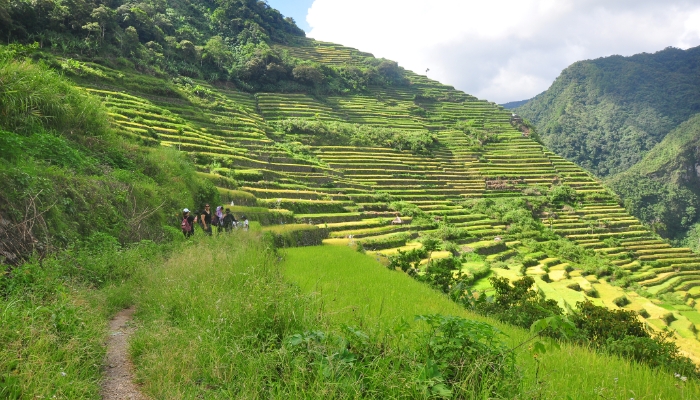
© 2017 Joane V. Serrano, UPOU
The Satoyama Initiative
- toward Realizing Societies in Harmony with Nature -
For the conservation of biodiversity, it is important to conserve not only primitive nature but human-influenced natural environment that has been formed and maintained by human beings including farmlands and forests close to the lives of people (For example, Satochi, Satoyama and Satoumi area in Japan).
The Ministry of the Environment, Government of Japan and the United Nations University advocated the Satoyama Initiative, aiming the conservation and its sustainable use of those areas. The International Partnership for the Satoyama Initiative that promotes the activities of this initiative has 267 member organizations from 73 countries and areas as of November, 2020, which has been highly regarded internationally.
It is to be expected that the initiative will be further developed to internationally expand a “Circulating and Ecological Economy” as well as to contribute to the achievement of SDGs.
Ministry of the Environment, Government of Japan
https://satoyama-initiative.org/concept/satoyama-initiative/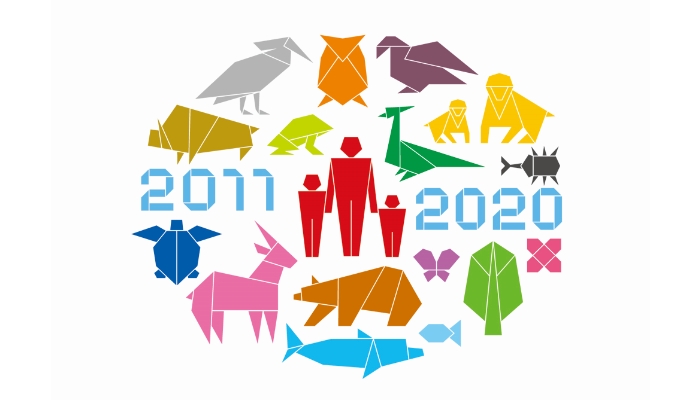
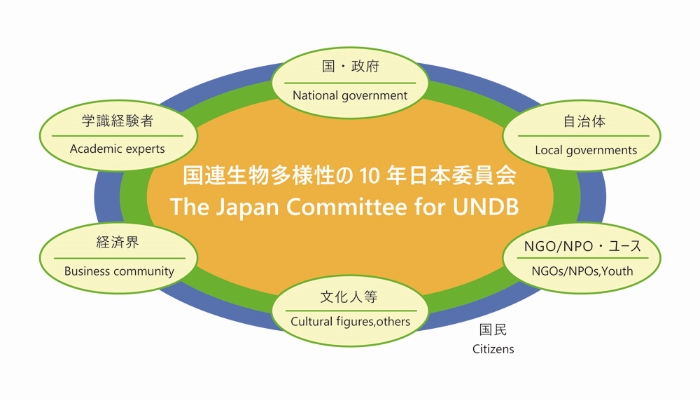
Japan committee for UNDB
In October 2010, CBD COP10 was held in Nagoya, Japan. Its outcomes include the agreement to the Strategic Plan for Biodiversity 2011-2020 and its Aichi Biodiversity Targets. In order to create momentum toward implementation of this strategic plan, the United Nations General Assembly declared the period 2011-2020 to be the “United Nations Decade on Biodiversity (UNDB)”.
This declaration led to the launch of “the Japan Committee for UNDB(UNDB-J)” in September 2011. This committee has been implementing various activities, under participation and cooperation by all stakeholders aiming for mainstreaming biodiversity into economic and social activities.
Japan committee for UNDB
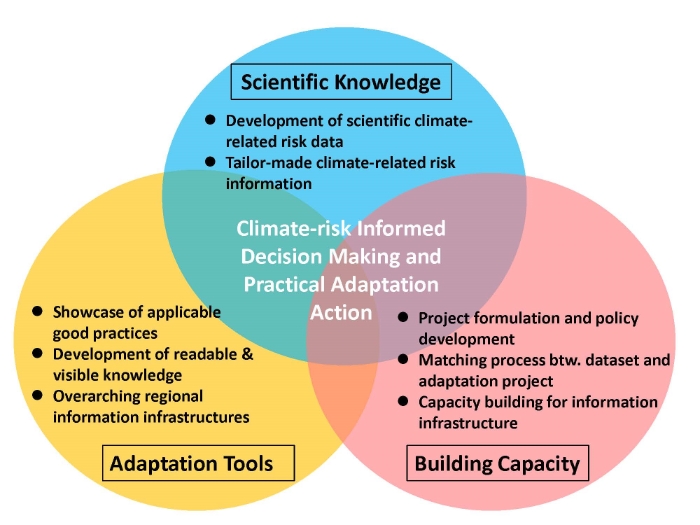
~Toward adaptation action based on adaptation action~
Asia-Pacific Climate Change Adaptation Platform (AP-PLAT)
To support the developing countries in planning adaptation and its implementation based on scientific knowledge, Japan established the Asia-Pacific Climate Change Adaptation Information Platform (AP-PLAT) in June 2019.
AP-PLAT provides climate-related risk datasets and adaptation information in Asia and Pacific area through web site.
And furthermore, we take full advantage of the AP-PLAT's online information in cooperation with the various partners AP-PLAT to enhance the three key pillars, namely, scientific knowledge, adaptation tool and building capacity in order to realize climate-change-related risk informed decision making and appropriate adaptation actions in regional, national and local level.
Official Climate Change Adaptation Office
Global Environment Bureau
Ministry of Environment. Japan
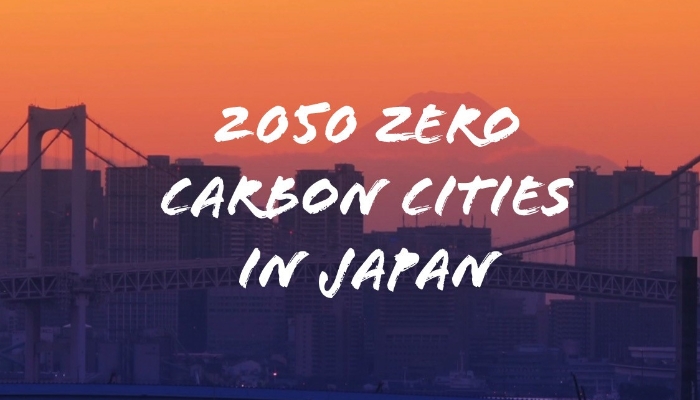
2050 Zero Carbon Cities in Japan
265 local governments including Tokyo, Kyoto, and Yokohama announced their commitment to net zero carbon emissions by 2050.
These local governments represent 96 million people (76.7% of Japan's population), and 4.0 trillion USD in GDP.
Ministry of the Environment
【2050 Zero Carbon Cities in Japan】http://www.env.go.jp/en/earth/cc/2050_zero_carbon_cities_in_japan.html
Zero Carbon City Movies
http://www.env.go.jp/earth/carbon-neutral-messages/
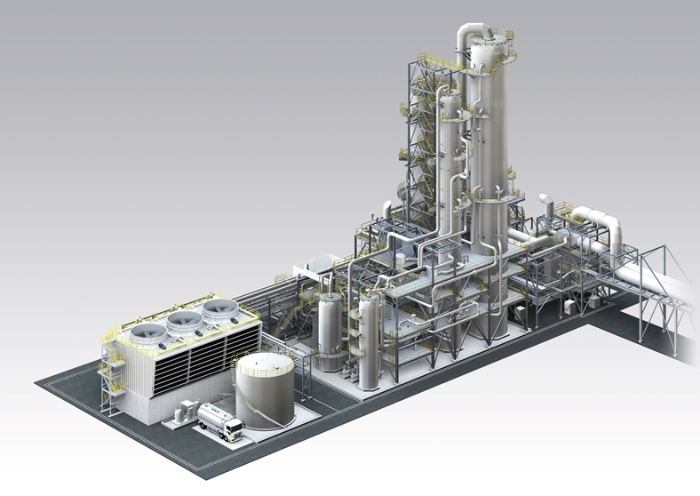
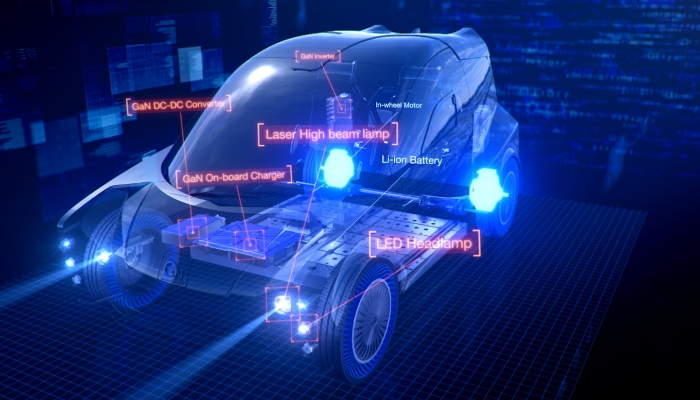

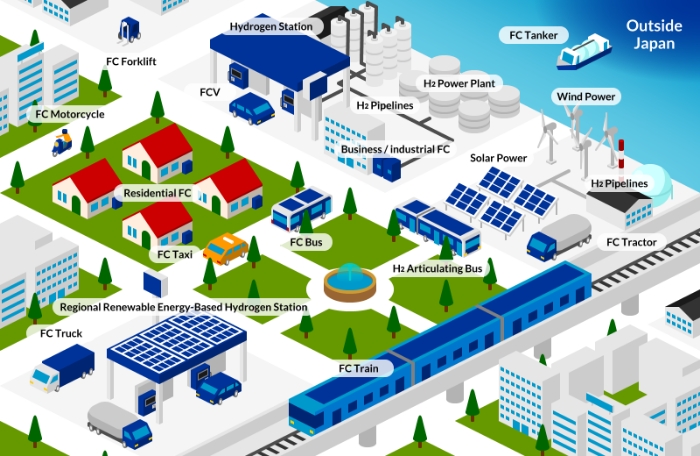
The development and demonstration of new technologies that are highly effective in reducing CO2 emissions
Climate Change Projects Office is developing and demonstrating new technologies expecting to reduce greenhouse gas substantially.
CCUS (CO2 Capture, Utilization and Storage) -You can join the virtual site visit to CO2 capture demonstration plant in operation integrated with the biomass power plant.
GaN (Gallium Nitride) - We are leading the carbon-neutral mobility society by a novel energy-saving power electronics technology utilizing GaN characteristics of low loss performance and higher frequency operation.
CNF (Cellulose Nano Fibe) - The video introduces Nano Cellulose Vehicle project that aims to reduce weight of automobile by using CNF for improving fuel consumption and CO2 reduction.
Hydrogen -This VR videos introduce hydogen supply chains consistent for production to using with impressive images.
Climate Change Projects Office, Climate Change Policy Division, Global Environment Bureau, Ministry of the Environment
CCUShttps://www.toshiba-energy.com/thermal/product/zero-emissions.htm
GaN
https://www.gan-vehicle.jp/
Future Car made from Woods
http://www.rish.kyoto-u.ac.jp/ncv/pdf/en_A3.pdf
Hydrogen
https://www.env.go.jp/seisaku/list/ondanka_saisei/lowcarbon-h2-sc/en/index.html
